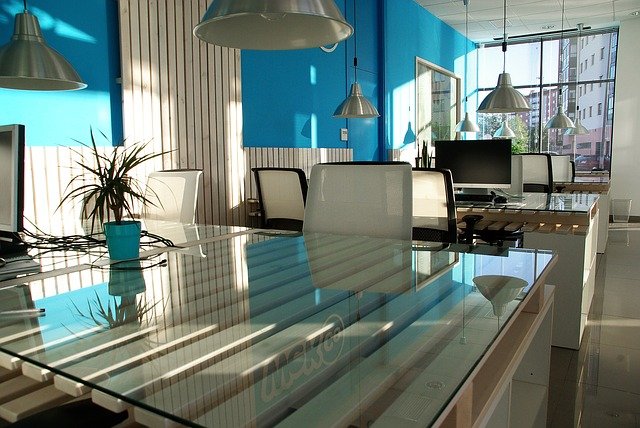Why Do Businesses Fail?

About fifty percent of small businesses fail within the first five years of opening their doors. To keep your business from becoming part of this statistic, examine the most common reasons businesses fail and make a plan to prevent them from happening to you.
Keep reading to discover three reasons businesses fail and steps you can take to avoid them.
Poor Customer Service
Poor customer service is to blame for about 15 percent of small business failures every year. One bad experience can cause a customer to never return, and the ripple effects can reach far beyond that one customer. People that have bad experiences with your business may tell their friends, family, and coworkers, and your company’s reputation is likely to suffer as a result.
Avoid this by providing exceptional service from the time customers arrive until they leave. If you run a brick-and-mortar, smile and greet customers when they enter. If your business is web-based, interact on social media to make people feel welcome.
After making a sale, say thank you and follow up with a handwritten note. It might feel old-fashioned, but in this tech-obsessed world, people are increasingly appreciative of meaningful gestures, and a handwritten note feels significant since they’ve become so rare.
Lack of Capital
Of the small businesses that go under every year, almost half of them fail due to a lack of funding. In most situations, small business owners know how much money is needed to keep their businesses operating on a day-to-day basis. Unfortunately, many owners aren’t as knowledgeable about how much revenue the business generates. This disconnect can cause financial issues to escalate out of control within a matter of weeks or months.
Along with a lack of awareness about the amount of revenue generated, new business owners tend to misprice their products and services. A common strategy deployed by many new companies is to offer lower prices than the competition in an effort to lure in customers. This strategy is often successful, but problems occur when prices are kept too low for too long.
To protect your business, create a realistic budget and review it often. Make sure your pricing is appropriate, and don’t wait too long to make adjustments.
Inadequate Demand for the Service or Product Offered
About 40 percent of small businesses fail due to insufficient demand for the product or service they offer. People either don’t need the product or service or they aren’t willing to pay enough for it to keep the business going.
Conducting thorough research can increase your odds of avoiding this fate. Research what kinds of businesses survive and which ones don’t. For instance, small businesses in healthcare have the best odds of long-term success. Businesses in the construction and transportation industries have the worst.
While it’s true that half of all small businesses fail within five years, it’s also true that half of them survive. A few successful companies just get lucky, but the vast majority have effective planning, budgeting, and management to thank.
Has your business failed because of one of these issues?





